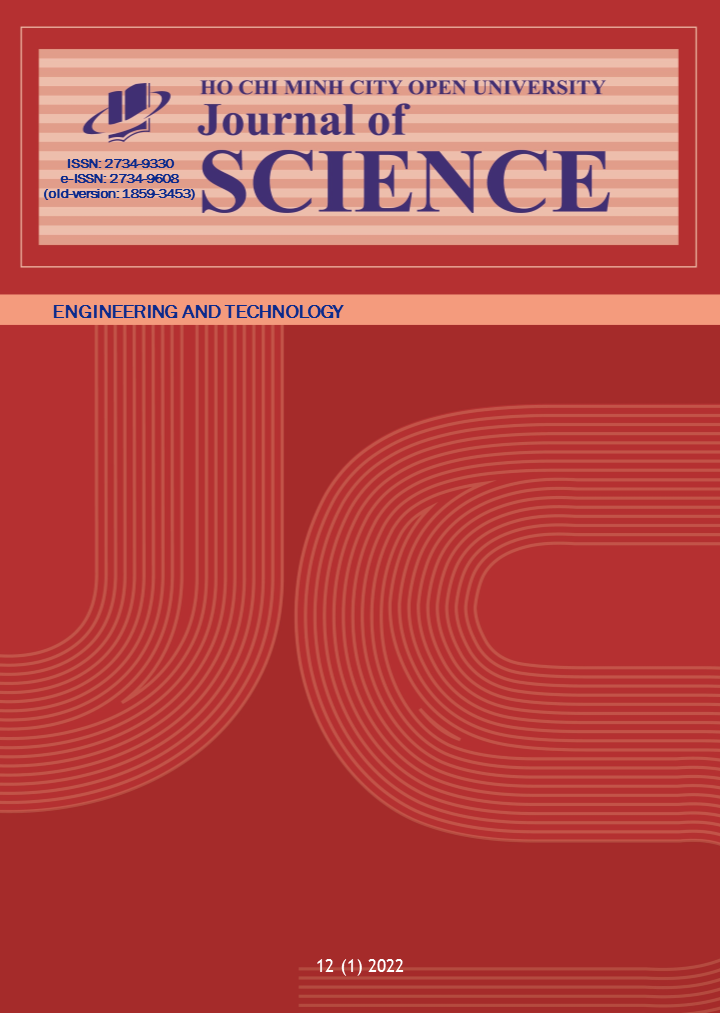A novel fermentation substrate in bioethanol production by saccharomyces cerevisiae
Tóm tắt
Pineapple and coconut are part of the largest commodities in Indonesia. In this study, extracts of pineapple skin and coconut water were used as a novel fermentation substrate in bioethanol production by Saccharomyces cerevisiae. Those were used as raw materials contain sugar, which making it a potential medium for bioethanol fermentation. The method used was a milling process to extract sugar into the fermentation medium, so that ethanol can be directly produced from the juice. While coconut water as a mixture during the fermentation process. The fermented bioethanol was then purified by distillation process to obtain pure bioethanol. The the sugar content of the ingredients, the operating condition (pH, time of fermentation) and the addition of nitrogen source were studied. Saccharomyces cerevisiae was used as a nitrogen source with variations of 14 and 16g/L with fermentation operating conditions for 40 and 44 hours and pH used were 04 and 05. The sugar content of pineapple skin extracts, coconut water, and the mixture of the two were 4.26; 4.19; and 4.21g/L, respectively. The largest ethanol content produced was 38.42% with 16g/L of nitrogen sources for 44 hours at pH 5. From these results, the mixture of pineapple skin extract and coconut water is proven to be used as a novel fermentation substrate for bioethanol production.

